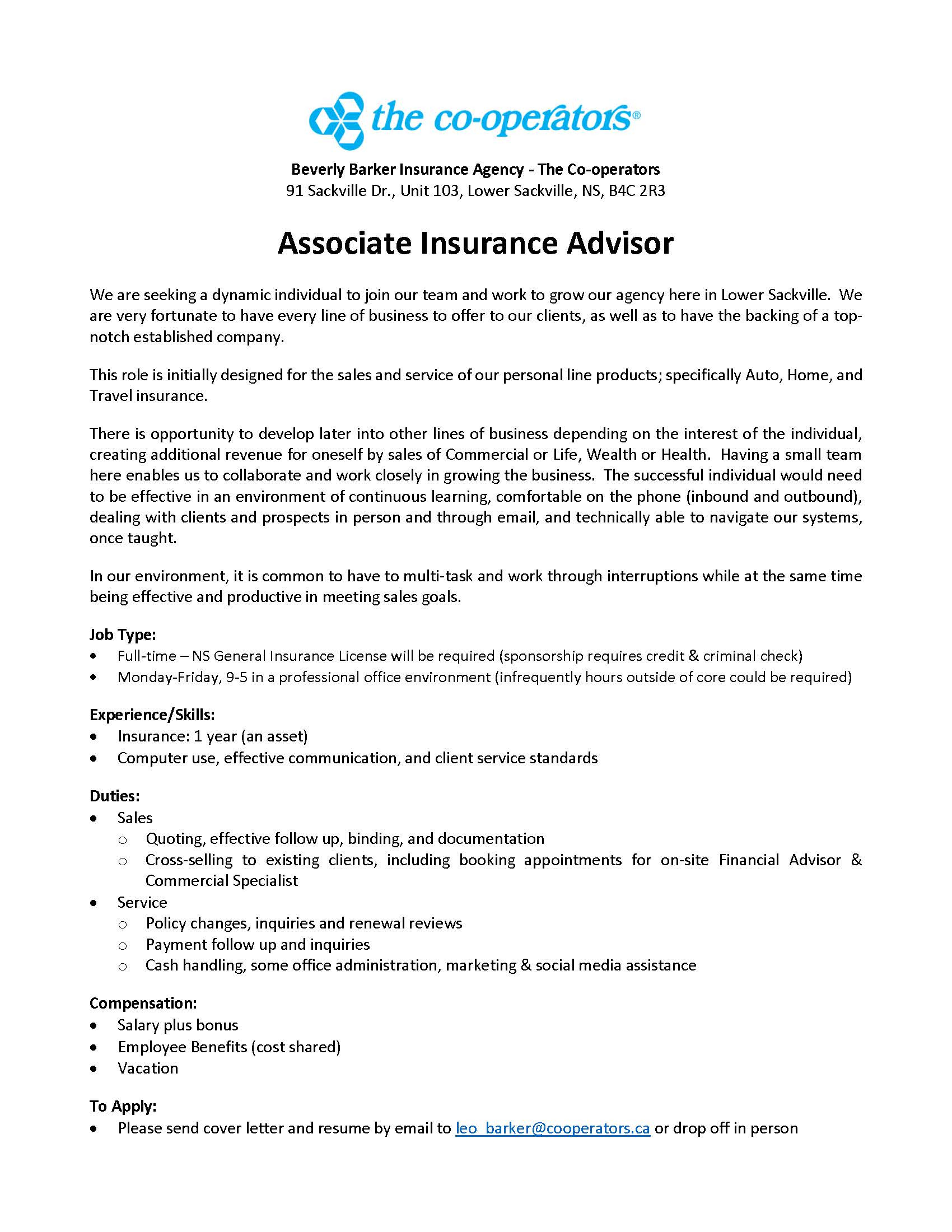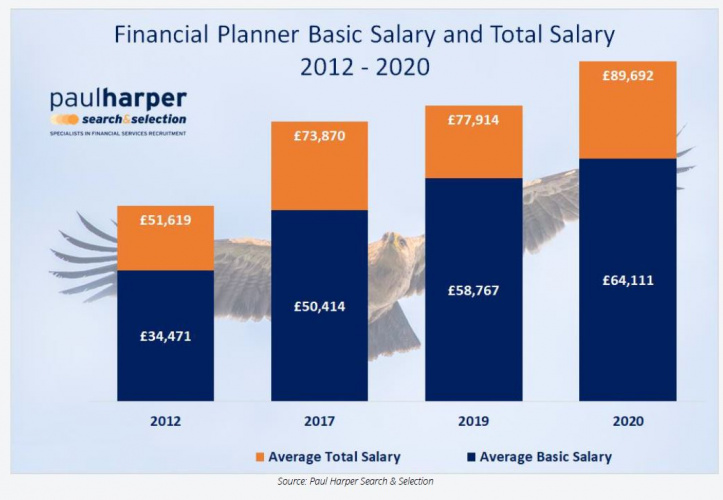
CFP lookups are designed to identify and resolve CFP packages. If a packet includes a CFP it is possible to identify the packet using its CFPID. The next step is to configure and prioritize the rule. Use the following example detail format to create a CFP Lookup Rule.
Identifying and registering a CFP
If you're looking for a financial advisor, it can be hard to know where to look. Here are some tips to help you find the best financial advisor for you. First, verify that the person who you're interviewing is certified. Take some time to ask them questions and listen. You can think of it as a job interview. Consider the pros and cons of each option and determine which ones you prefer.
The CFP Board is a great resource to conduct a background check on a CFP. This information can reveal past bankruptcy and board discipline, as well as other pertinent information. The CFP board also offers an online search option to help you find a CFP.
How to parse a cfp rule
A CFP-lookup rule is a set rules that a CFP recipient can use to process packets. Each rule is identified by a common header (TCAM20), which specifies both the source port and the frame format. This information will be parsed when the packet arrives to a network device.

Each rxport transmits slices 0-3 to a CFP 10, Each slice consists of 114 bits. They are sent to CFP 10 The number and size of slices will vary depending on bandwidth and application. CFP 10's rules table contains 512 rules. Each rule contains 114 bits expected data and the corresponding mask selection. The CFP uses this table to classify packets, and then generate actions based on that classification.
FAQ
Why is it important to manage wealth?
You must first take control of your financial affairs. Understanding how much you have and what it costs is key to financial freedom.
You must also assess your financial situation to see if you are saving enough money for retirement, paying down debts, and creating an emergency fund.
This is a must if you want to avoid spending your savings on unplanned costs such as car repairs or unexpected medical bills.
What is risk management in investment administration?
Risk management refers to the process of managing risk by evaluating possible losses and taking the appropriate steps to reduce those losses. It involves identifying and monitoring, monitoring, controlling, and reporting on risks.
An integral part of any investment strategy is risk management. The goal of risk-management is to minimize the possibility of loss and maximize the return on investment.
These are the core elements of risk management
-
Identifying the sources of risk
-
Measuring and monitoring the risk
-
How to control the risk
-
How to manage the risk
Who Should Use a Wealth Manager?
Anyone looking to build wealth should be able to recognize the risks.
People who are new to investing might not understand the concept of risk. Poor investment decisions could result in them losing their money.
People who are already wealthy can feel the same. They may think they have enough money in their pockets to last them a lifetime. But this isn't always true, and they could lose everything if they aren't careful.
Each person's personal circumstances should be considered when deciding whether to hire a wealth management company.
What are the potential benefits of wealth management
Wealth management has the main advantage of allowing you to access financial services whenever you need them. Saving for your future doesn't require you to wait until retirement. If you are looking to save money for a rainy-day, it is also logical.
You can invest your savings in different ways to get more out of it.
For instance, you could invest your money into shares or bonds to earn interest. Or you could buy property to increase your income.
A wealth manager will take care of your money if you choose to use them. This means you won't have to worry about ensuring your investments are safe.
Statistics
- As of 2020, it is estimated that the wealth management industry had an AUM of upwards of $112 trillion globally. (investopedia.com)
- If you are working with a private firm owned by an advisor, any advisory fees (generally around 1%) would go to the advisor. (nerdwallet.com)
- As previously mentioned, according to a 2017 study, stocks were found to be a highly successful investment, with the rate of return averaging around seven percent. (fortunebuilders.com)
- These rates generally reside somewhere around 1% of AUM annually, though rates usually drop as you invest more with the firm. (yahoo.com)
External Links
How To
How to invest in retirement
After they retire, most people have enough money that they can live comfortably. However, how can they invest it? It is most common to place it in savings accounts. However, there are other options. One option is to sell your house and then use the profits to purchase shares of companies that you believe will increase in price. You could also choose to take out life assurance and leave it to children or grandchildren.
You can make your retirement money last longer by investing in property. Property prices tend to rise over time, so if you buy a home now, you might get a good return on your investment at some point in the future. If inflation is a concern, you might consider purchasing gold coins. They do not lose value like other assets so are less likely to drop in value during times of economic uncertainty.